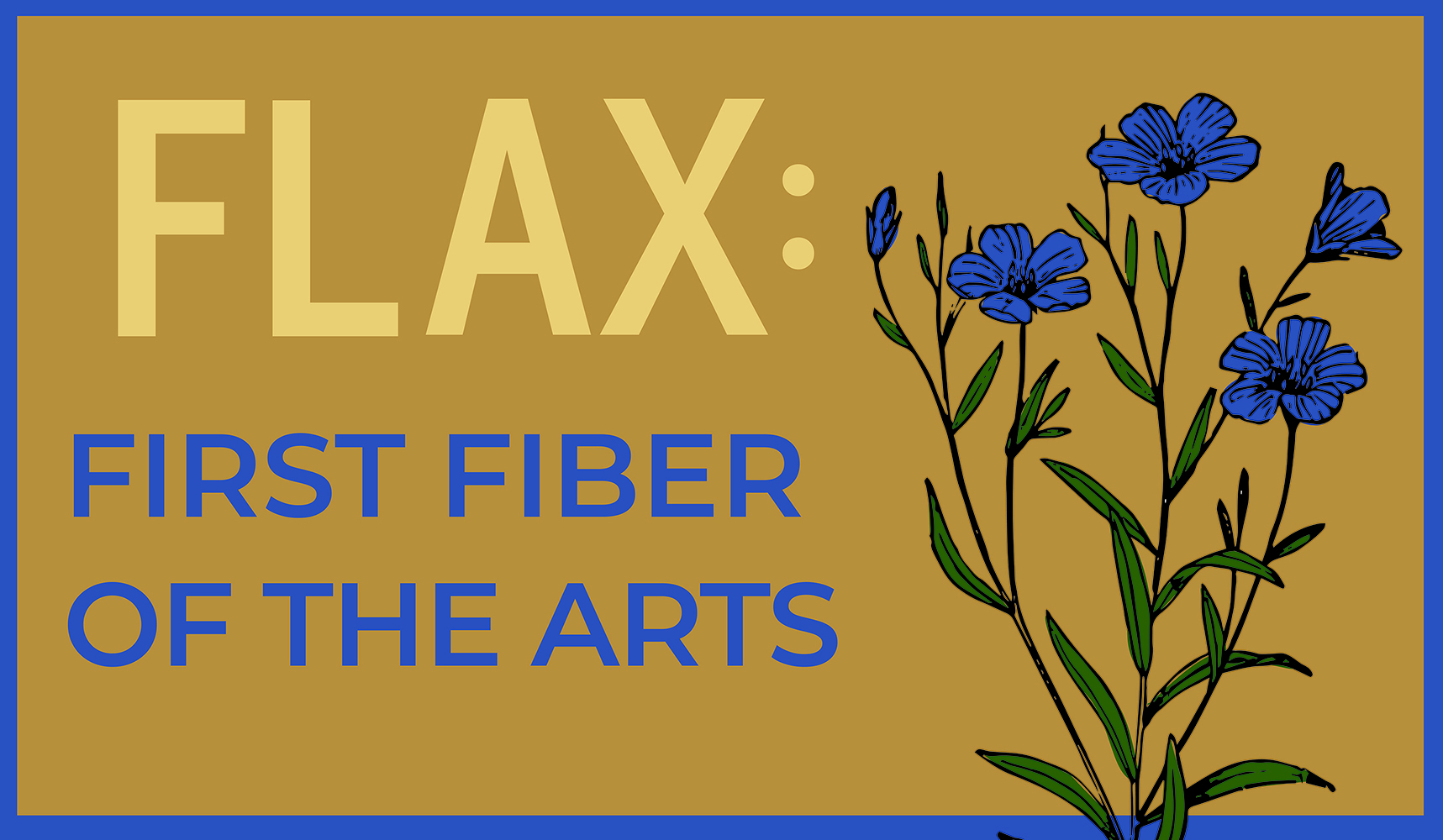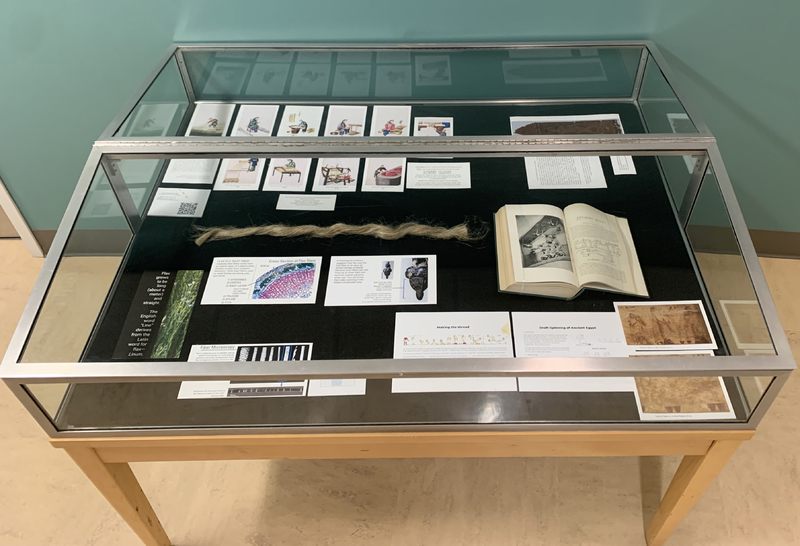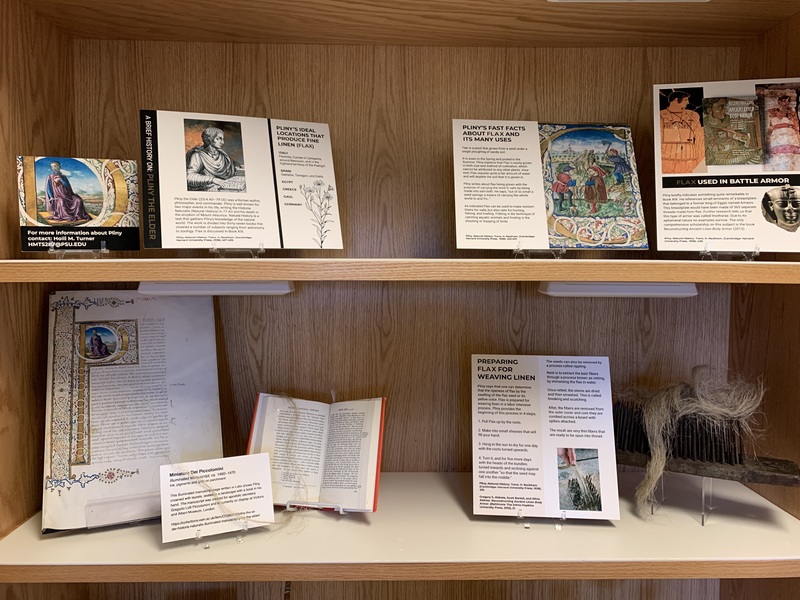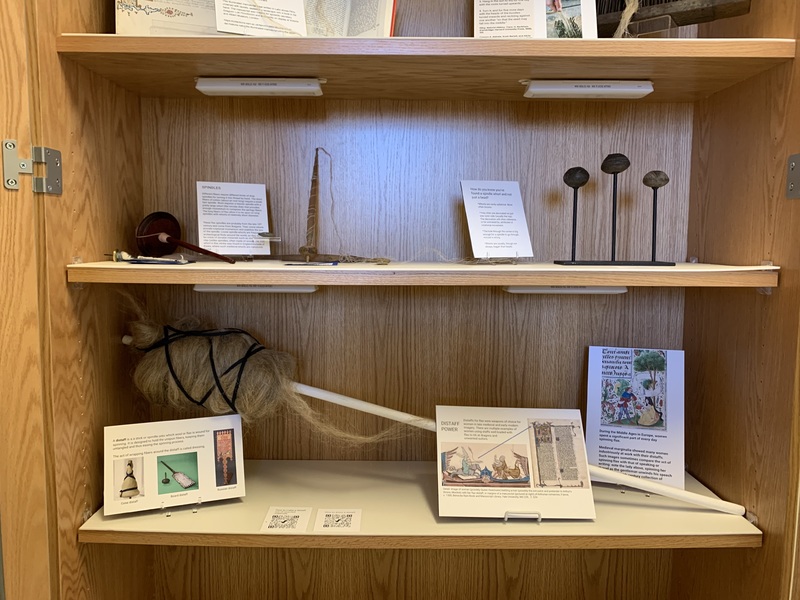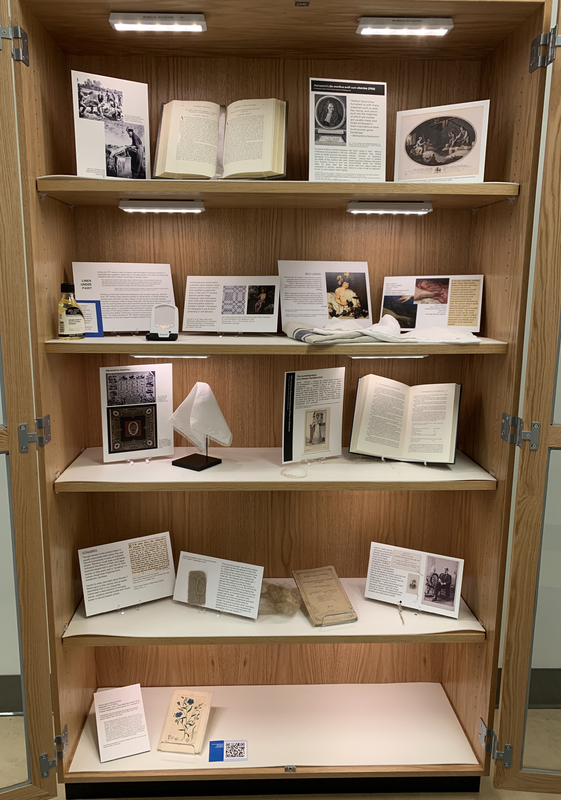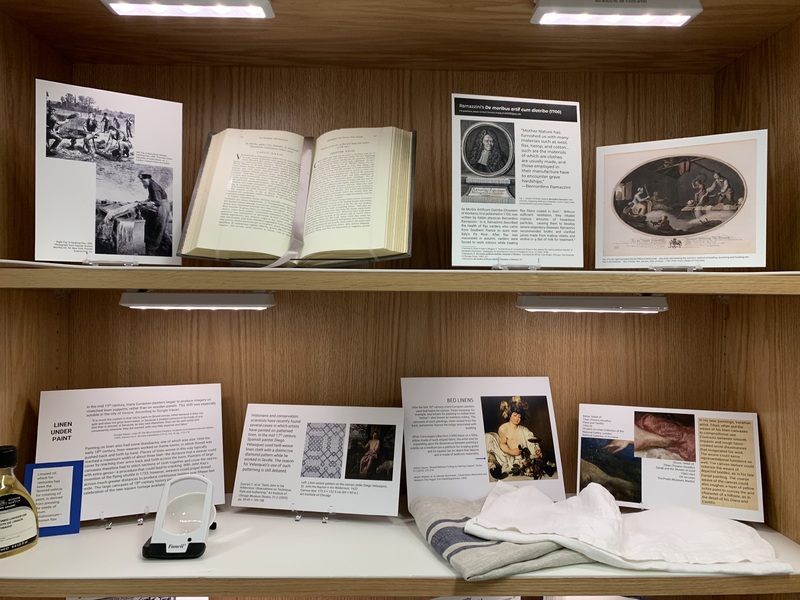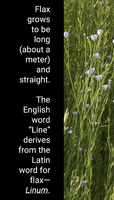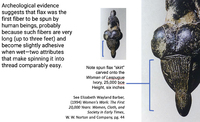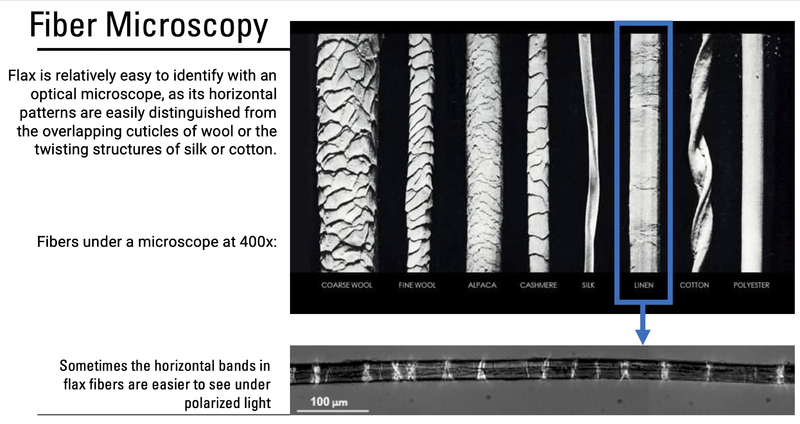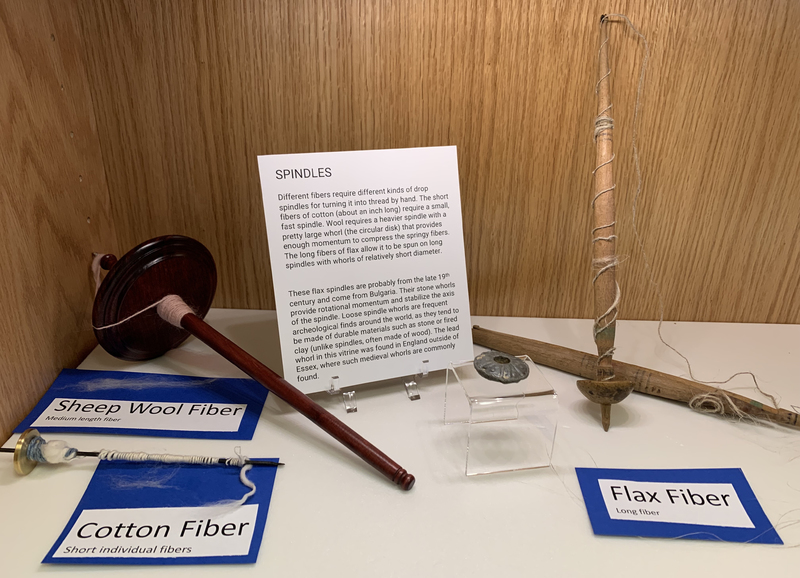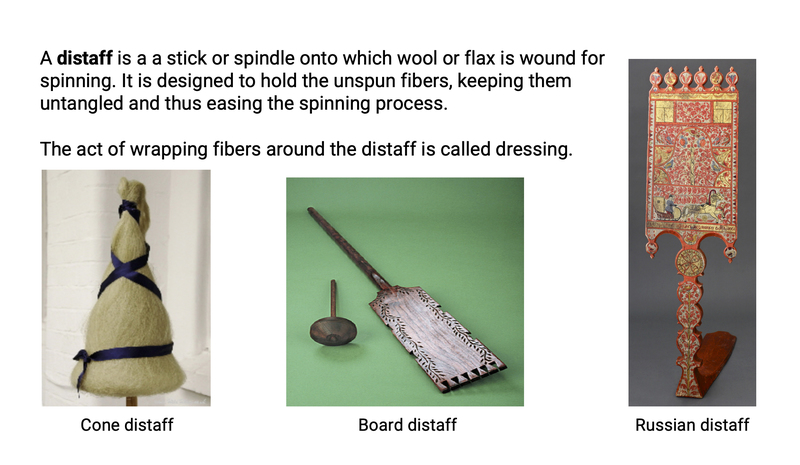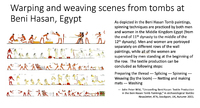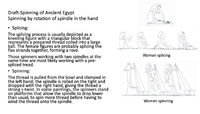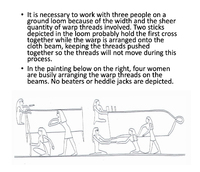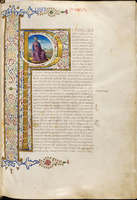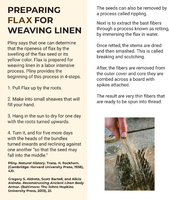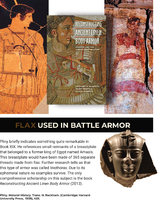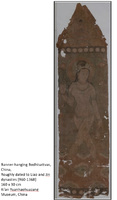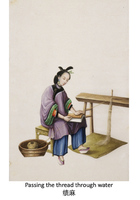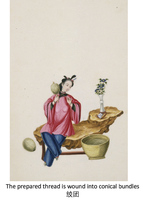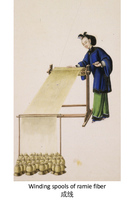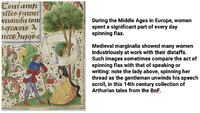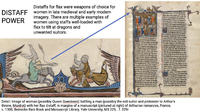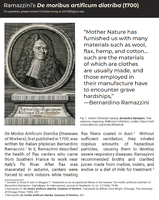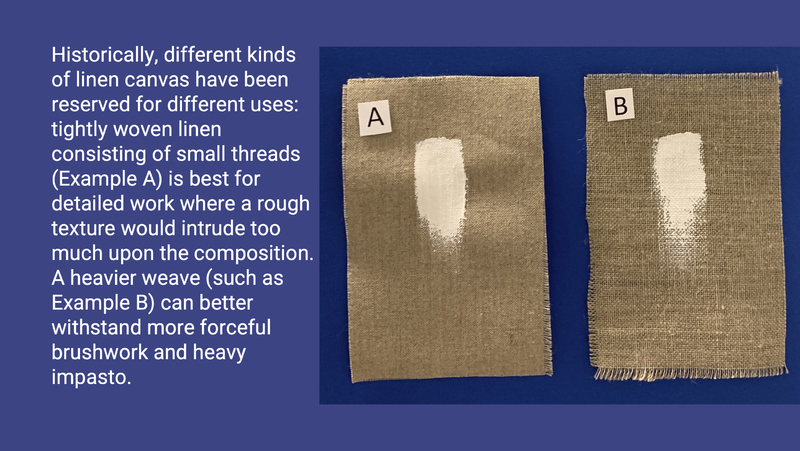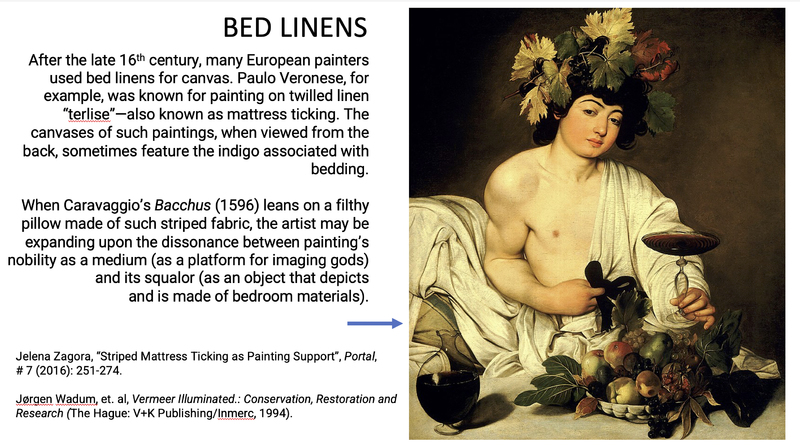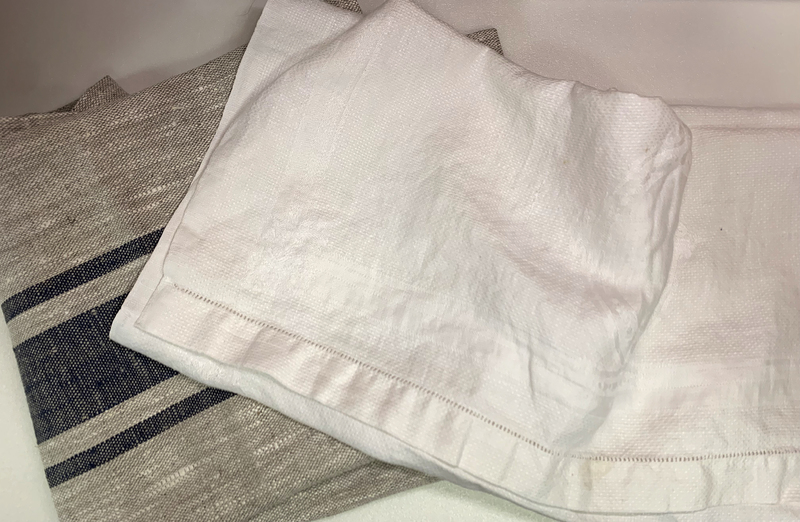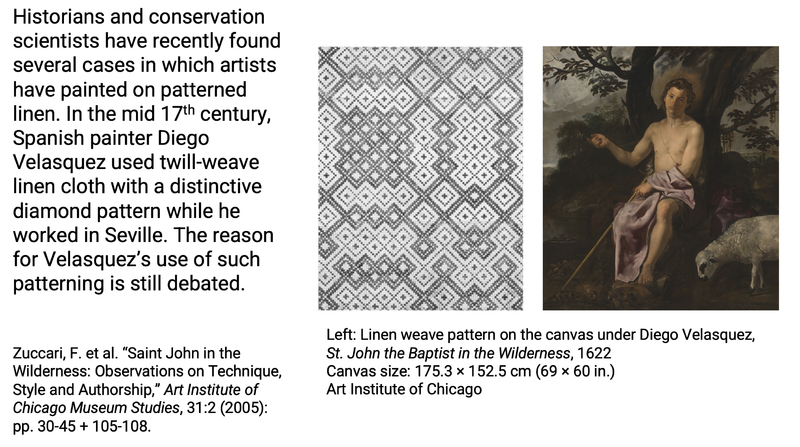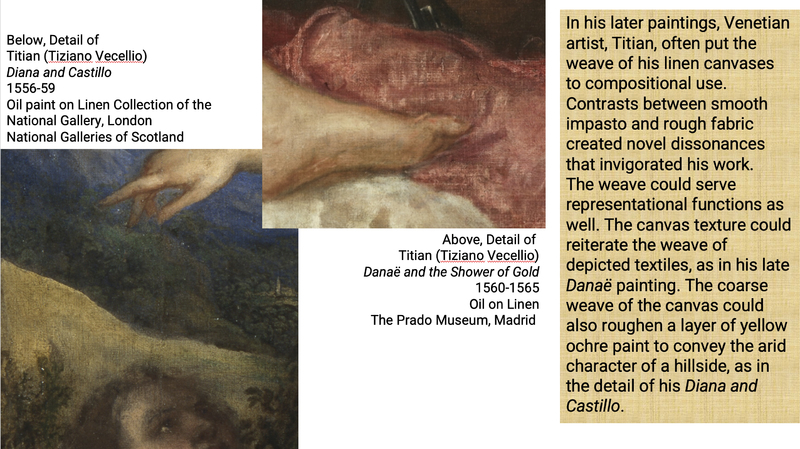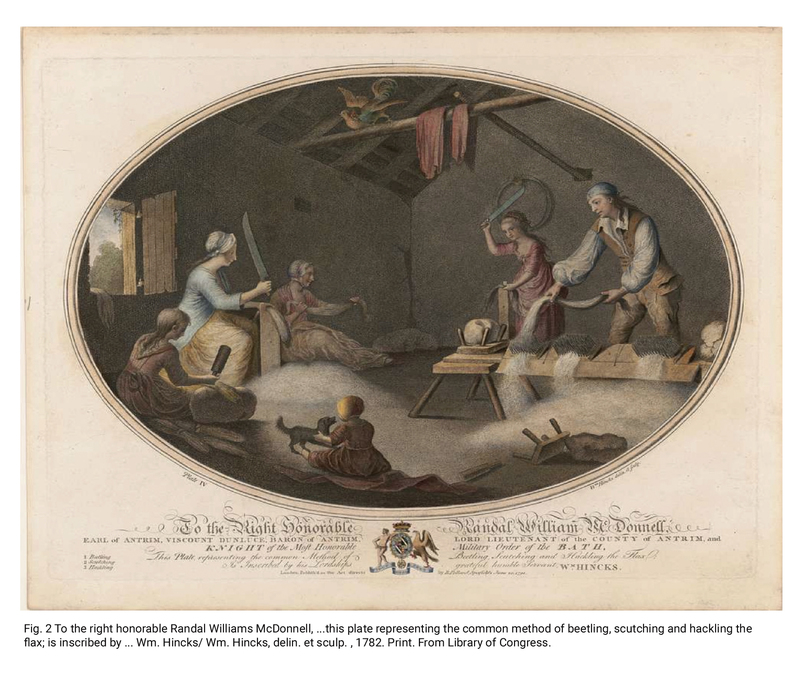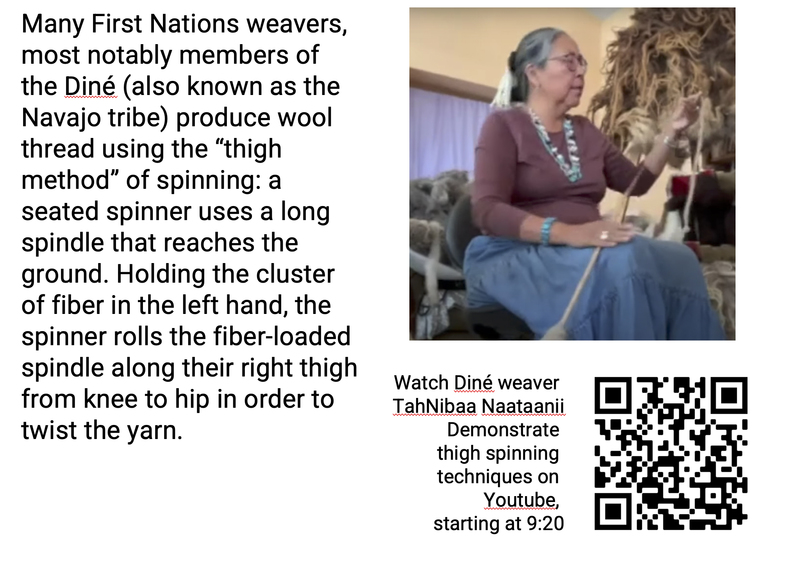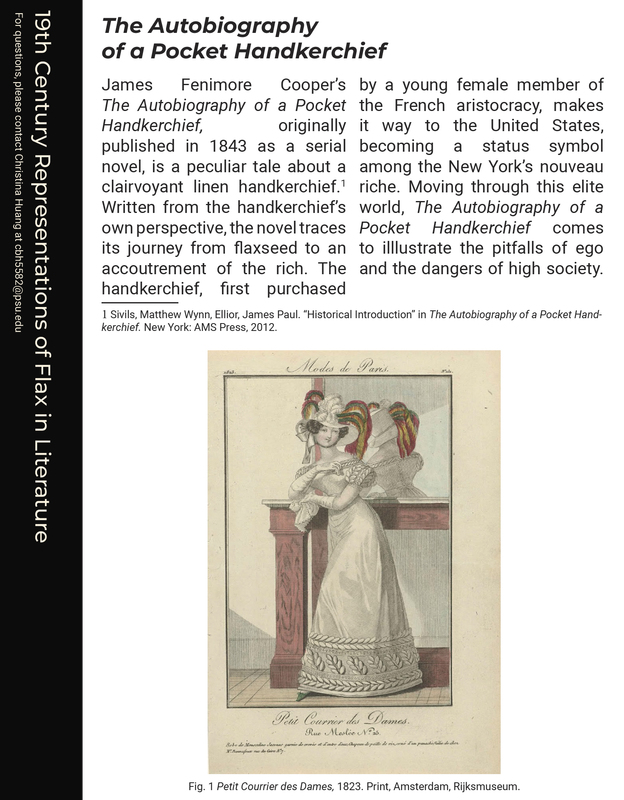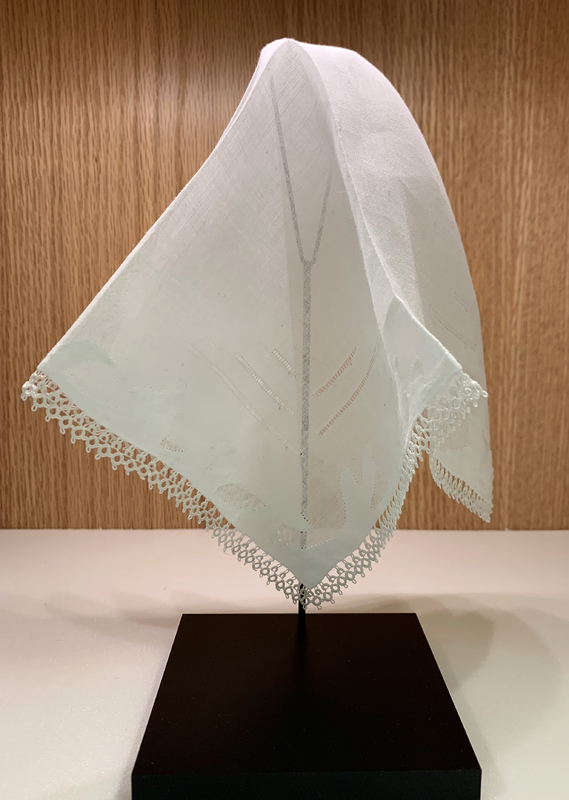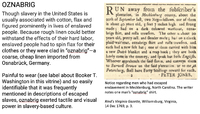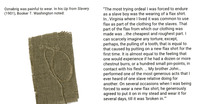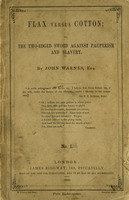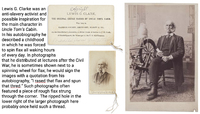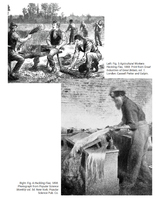History of Flax
Flax (Linum usitatissimum) is a bast fiber. Other bast fibers include, hemp, jute and ramie. The fibers are located in the stem between the xylem and thin outer bark, running the length of the plant. The earliest evidence of domestication of flax comes from northwestern Iraq circa 5000 BCE.
Linen textiles shed dirt easily, are absorbent but dry quickly, and become softer to the touch the more they are used. Linen thread is very strong yet linen cloth is lightweight and non-irritating. These factors made linen textiles popular in ancient Egypt where it was used as sails, mummy wrapping, loincloths and clothing.
German settlers brought flax production to the Pennsylvania colony in the 17th century, settling in the southeastern area of the state. Flax could be grown on a section of land with oats, as the two are often harvested at the same time. In the 18th century flax seed to Ireland was the third largest export of the Pennsylvania colony. Flax production declined in the 19th century with a slight rise during the Civil War.
Below is a selection of slides from an exhibition on the second floor of Borland Building. The exhibition explores the many uses of flax and linen throughout history and cultures. The exhibition was created by undergraduate student, Christina Huang, and graduate students Han Chen and Holli Turner, under the supervision of Dr. Sarah Rich.
Science of flax Tools Ancient world Chinese Ramie Europe America
